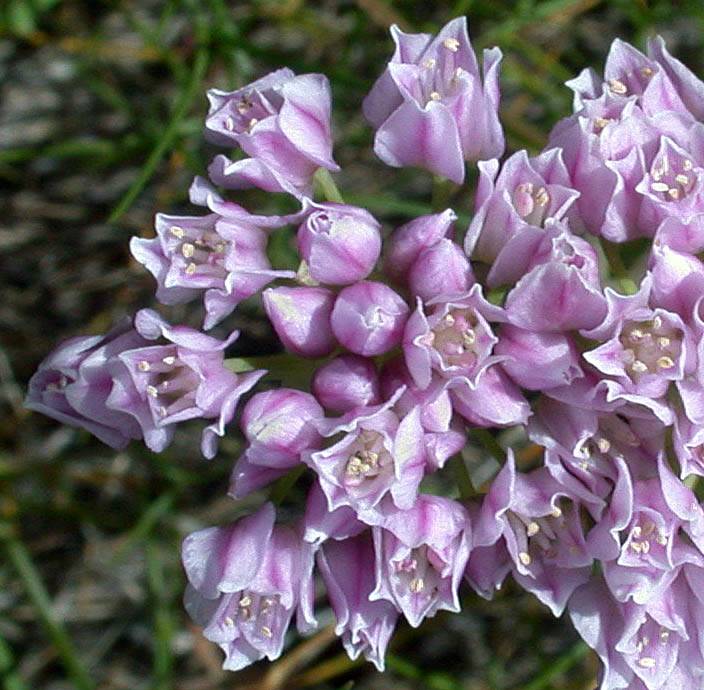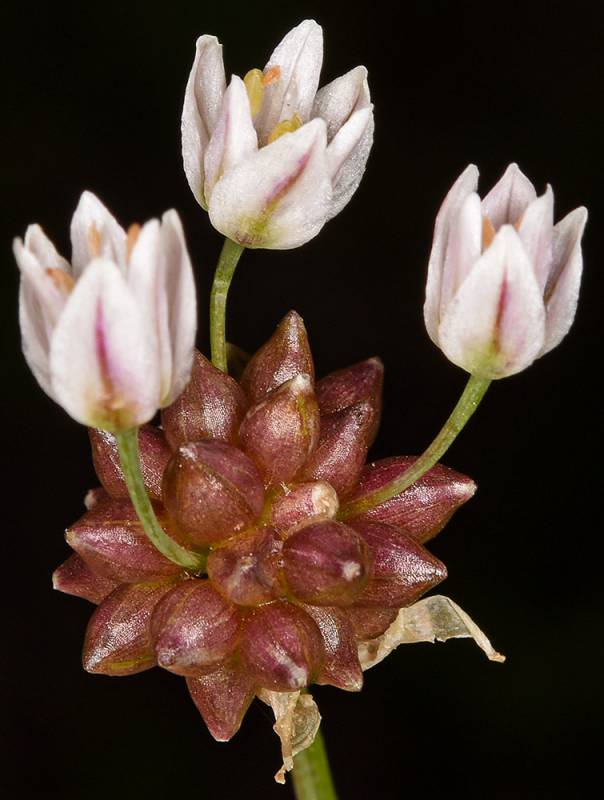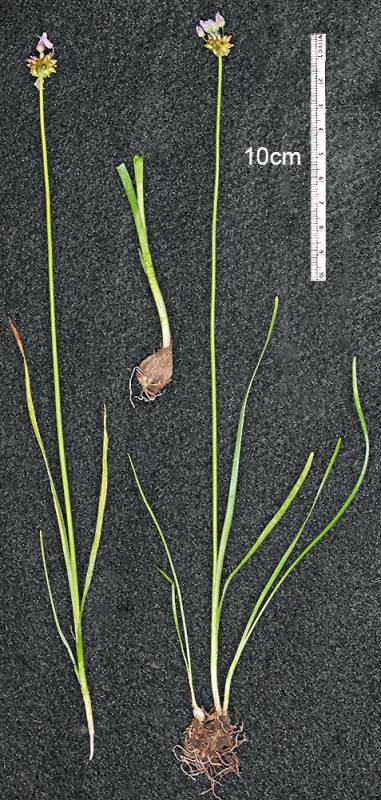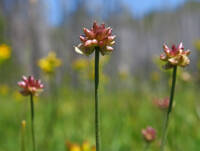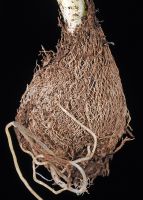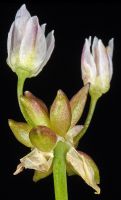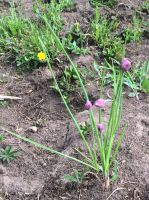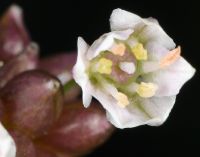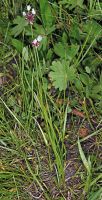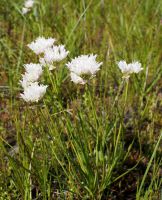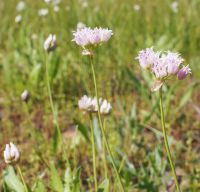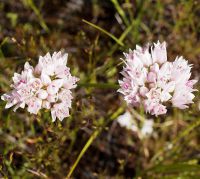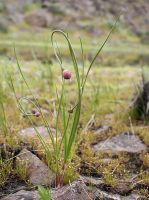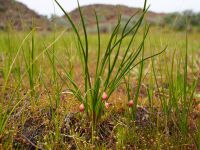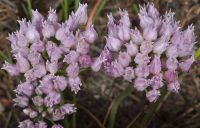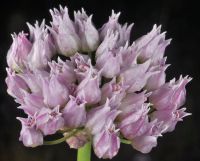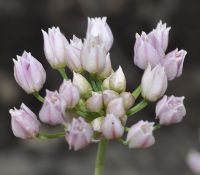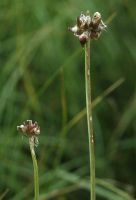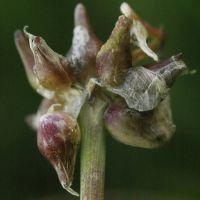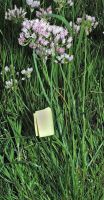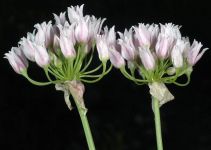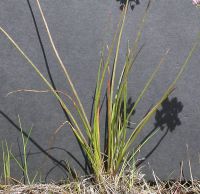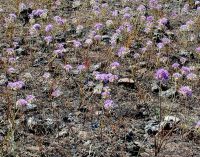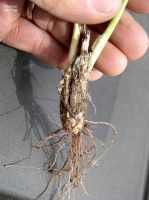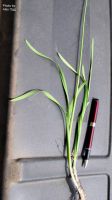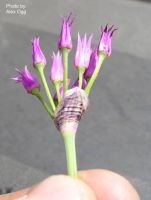Distribution: Occurring east of the Cascades crest in Washington; southern Vancouver Island to Arizona, east to the Rocky Mountains and northern Great Plains.
Habitat: Low meadows and along streams.
Flowers: May-June
Origin: Native
Growth Duration: Perennial
Conservation Status: Not of concern
Pollination: Bumblebees, bees, flies, hummingbirds
Scapose perennial, usually from a cluster of ovoid bulbs enclosed in fibrous, outer coats with a coarse network pattern; scapes 1-5 dm. tall, nearly terete.
Leaves usually 3 or more per scape, concave-convex in cross section, 1-5 mm. broad, usually shorter than the scape, green, becoming brown and persisting.
Umbels 10- to 25-flowered, the pedicels equal in length, nearly twice the length of the perianth, becoming stiffly spreading in fruit; tepals 6, 6-8 mm. long, ovate to lanceolate, pink to rarely white; stamens 6, shorter than the tepals; ovary inconspicuously crested with 6 low, rounded knobs.
Capsule 3-celled.
Publication: Proc. Amer. Acad. Arts. 14: 227. 1879.
-
var. geyeri – Geyer's onion
 Occurring east of the Cascades crest in Washington; southern Vancouver Island to Arizona, east to the Rocky Mountains and northern Great Plains.
Occurring east of the Cascades crest in Washington; southern Vancouver Island to Arizona, east to the Rocky Mountains and northern Great Plains. -
var. tenerum – bulbil onion, Rydberg's onion
 Occurring east of the Cascades crest in Washington; southern Vancouver Island to Arizona, east to the Rocky Mountains and northern Great Plains.
Occurring east of the Cascades crest in Washington; southern Vancouver Island to Arizona, east to the Rocky Mountains and northern Great Plains.
PNW Herbaria: Specimen records of Allium geyeri in the Consortium of Pacific Northwest Herbaria database
WA Flora Checklist: Allium geyeri checklist entry
OregonFlora: Allium geyeri information
E-Flora BC: Allium geyeri atlas page
CalPhotos: Allium geyeri photos

